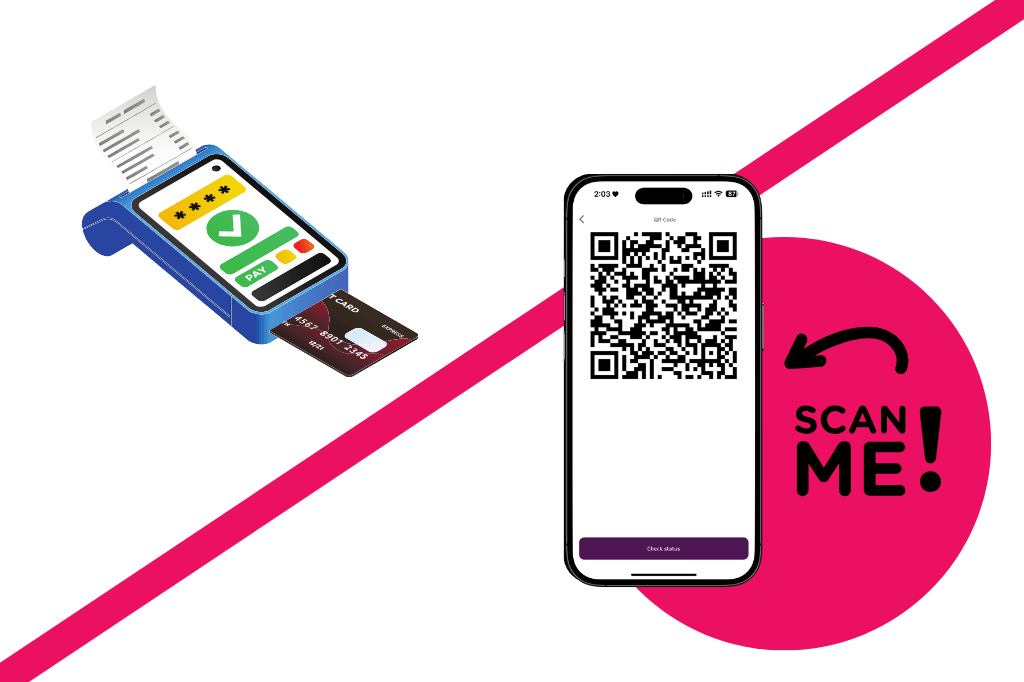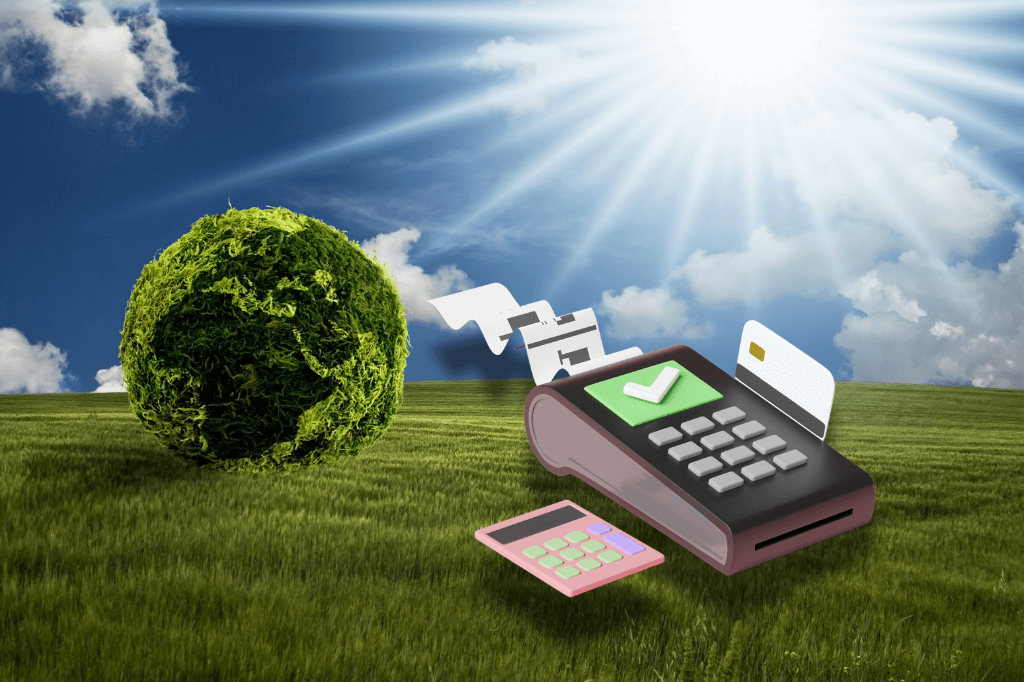To understand the difference in fees between card-present and online payment transactions, let’s first define each type of payment channel and the parties involved
What are card present transactions?
A card-present transaction is a type of transaction where the physical credit or debit card is present at the point of sale, such as in-person transactions at a retail store or restaurant. In these transactions, the merchant typically pays a lower fee to the acquiring bank and payment processor, as the risk of fraud is considered lower.

The parties involved in card-present transactions are:
- Cardholder: the person making the purchase
- Merchant: the person or business selling the goods or services
- Acquiring bank: the bank that processes the transaction on behalf of the merchant
- POS provider (Payment processor): the company that facilitates the communication between the acquiring bank and the customer’s bank
- Issuing bank: the bank that issued the credit or debit card to the customer
What is a card-not-present transaction (online payment)
A card-not-present transaction is a type of transaction where the physical credit or debit card is not present at the point of sale, such as online or over-the-phone transactions. In these transactions, the merchant typically pays a higher fee to the acquiring bank and payment processor, as the risk of fraud is considered higher.
Similarly, the parties involved in card-not-present transactions are:
- Cardholder: the person making the purchase
- Merchant: the person or business selling the goods or services
- Acquiring bank: the bank that processes the transaction on behalf of the merchant
- Payment processor: the company that facilitates the communication between the acquiring bank and the customer’s bank
- Payment gateway: the software that securely communicates the customer’s card information to the payment processor
- Issuing bank: the bank that issued the credit or debit card to the customer
The difference in fees between card-present and online payments.
Card-present transactions are typically cheaper than card-not-present transactions for several reasons:
1. Lower risk of fraud:
When customers physically present their cards at the point of sale, it is more difficult for a fraudster to use a stolen or counterfeit card. The merchant can also verify the cardholder’s identity using a government-issued ID or by checking the signature on the back of the card.
2. Reduced need for additional security measures:
Card-not-present transactions require additional security measures, such as 3-D Secure, Address Verification System (AVS), and Card Verification Value (CVV), to reduce the risk of fraud. These measures add to the cost of the transaction, but they are not required for card-present transactions.
3. Easier to dispute chargebacks:
When a customer disputes a charge on their credit card statement and requests a refund, it is known as a chargeback. In card-present transactions, merchants have a physical receipt that can serve as proof of the transaction. This makes it easier for the merchant to dispute the chargeback and avoid losing the sale.
4. Lower chargeback costs:
Chargeback costs can be higher for card-not-present transactions, as the merchant cannot verify the customer’s identity or provide a physical receipt as evidence.
5. Reduced operational costs:
Card-present transactions are processed in person, which means merchants have fewer operational costs associated with card-not-present transactions like shipping, handling, and customer service.
All these factors lead to a lower risk of fraud and reduced costs for merchants, which is why card-present transactions are typically cheaper than card-not-present transactions.
Merchants need to understand that providing online payment for customers involves risks and additional costs, which need to be considered as a cost of doing business. The advantages of offering online payment and the payback in terms of additional revenue and speed in closing a sale always outweigh the costs involved, so it is always advised to have online payment available for clients at least as an option.
Lean More about Card-Present vs. Card-Not-Present Transactions: A Detailed Comparison
Get in touch with Paymennt.com to learn how to open an online payment account and process remote payments through a payment link, e-commerce payments, recurring subscriptions, and more.


